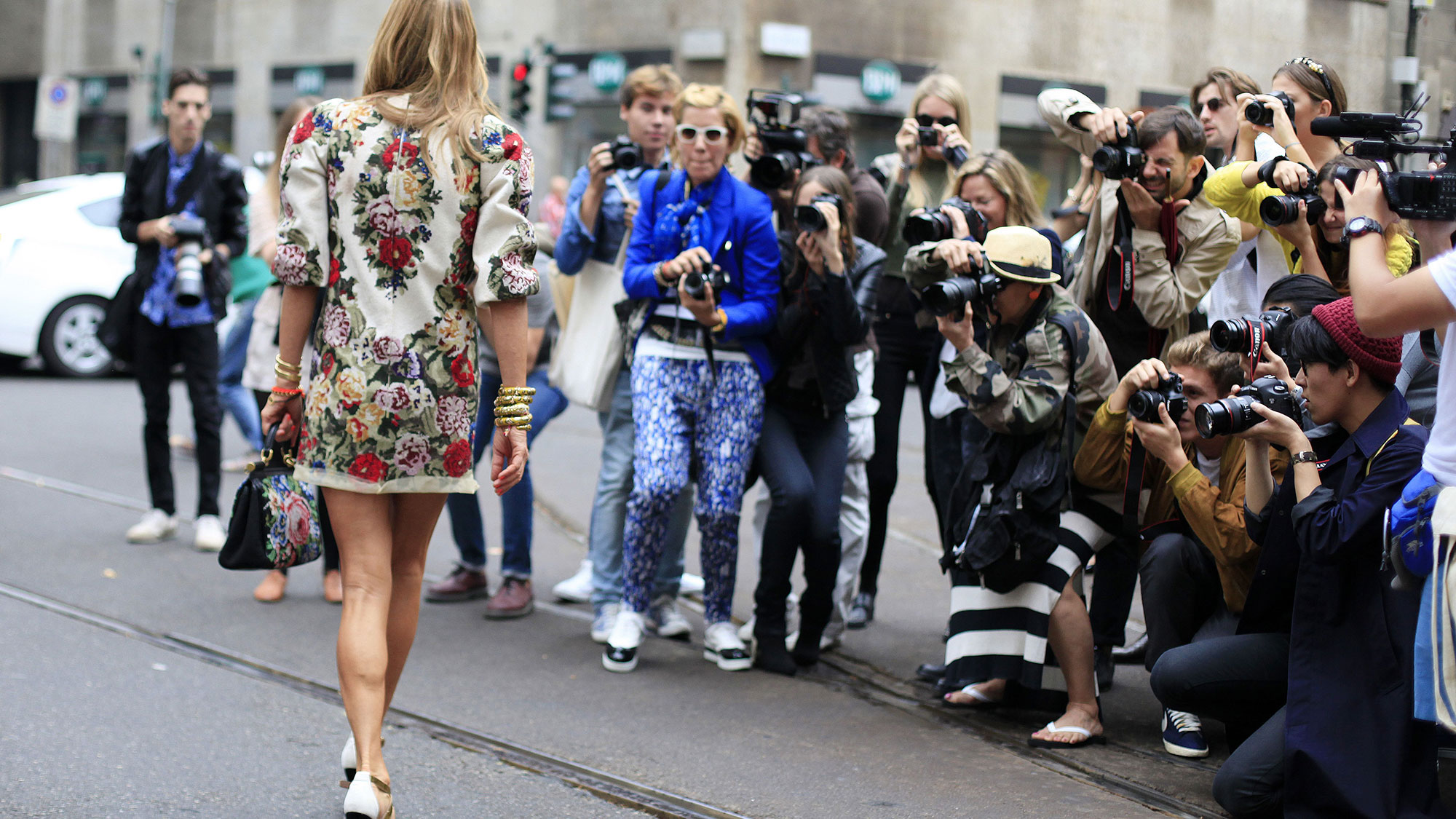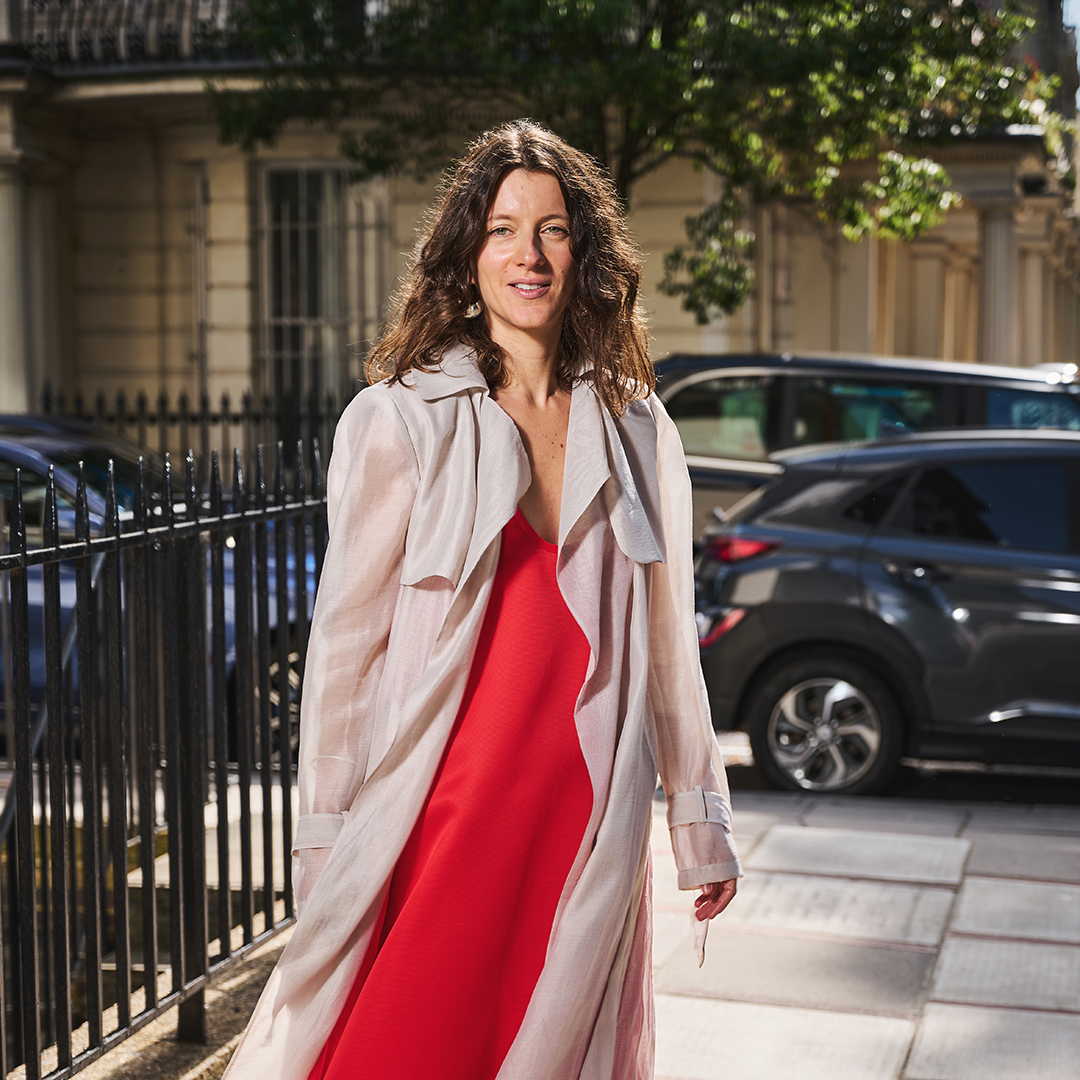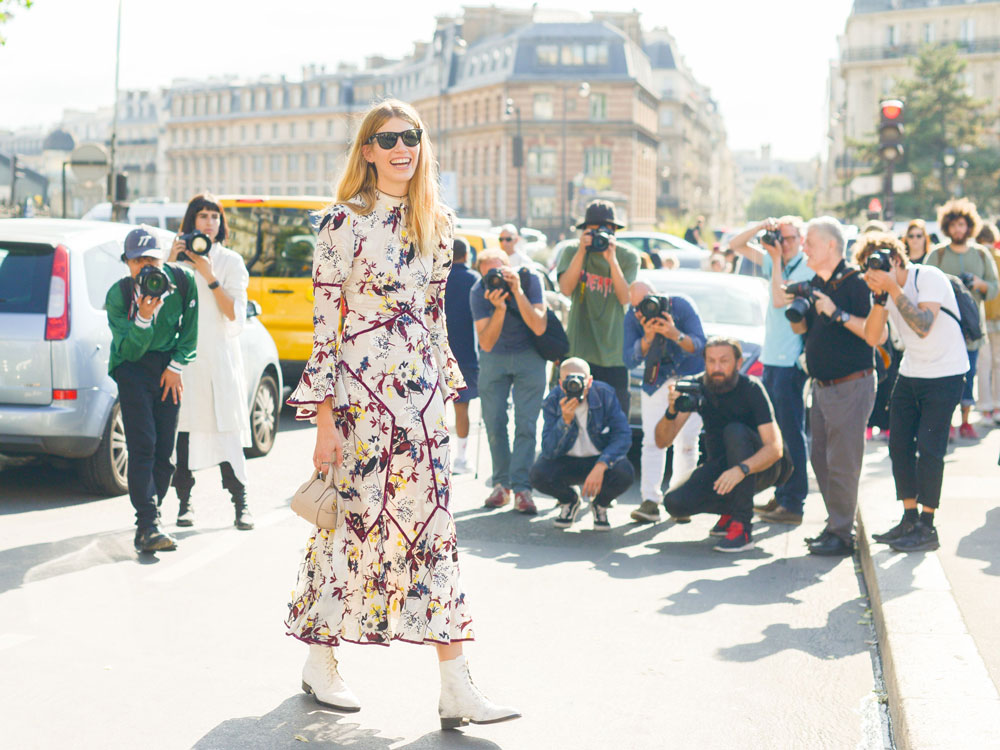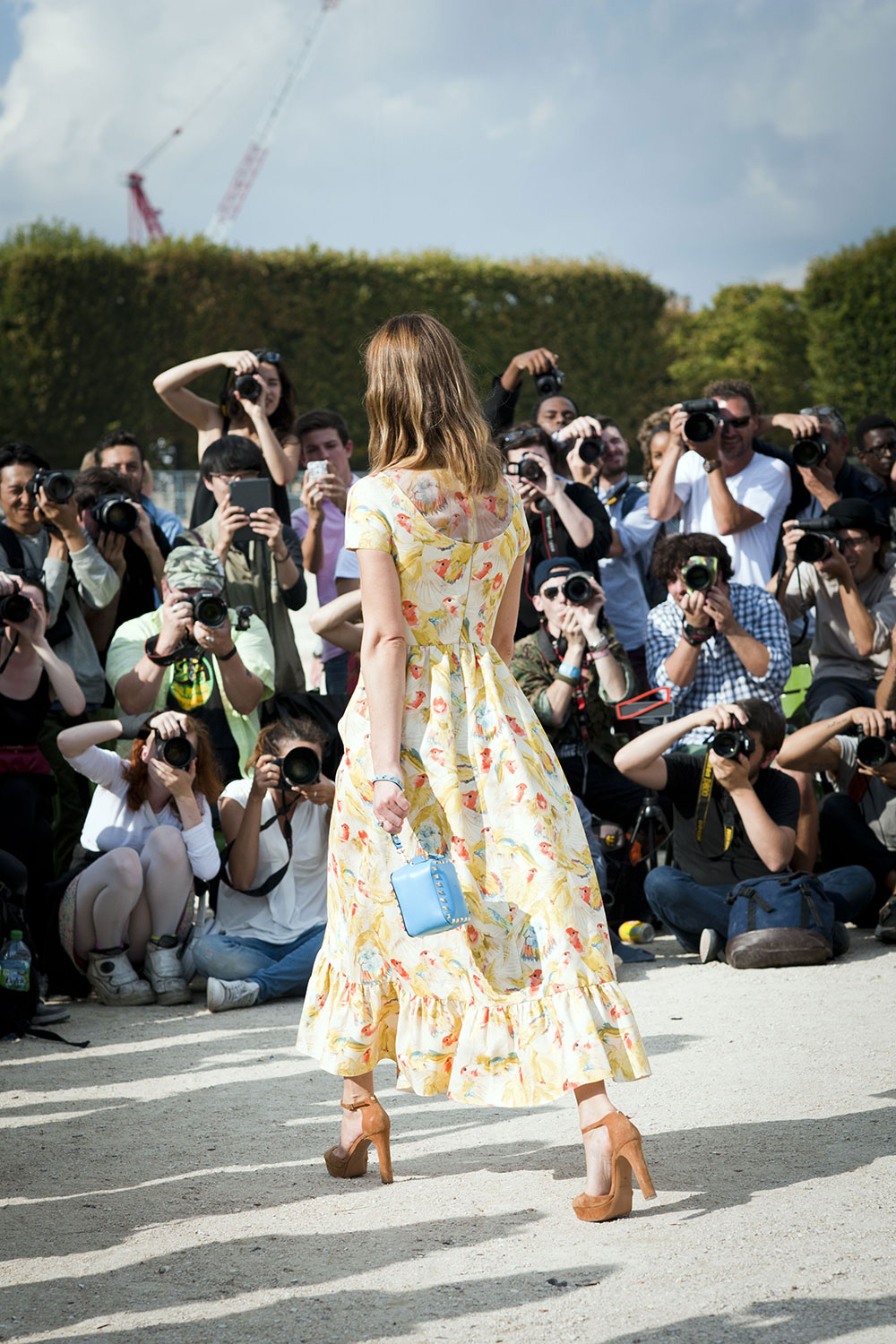How to make your Instagram look like a fashion blogger’s
We asked a fashion week street style photographer for his must have tips


We asked a fashion week street style photographer for his must have tips
With London Fashion Week almost upon us, every fashion blogger is making sure their outfit is on point to make their Instagram feed look even glossier than usual - and more importantly, to be papped for those all important street style snaps.
So what's the key to nailing that? We asked James Gourley, Staff Photographer at Shutterstock and seasoned Fashion Week pro to share his top pointers (and give us a little look at what really happens behind the scenes).
How do you make sure that street style pic is on point? Thinking about everything in the frame is crucial for street style portraits. Is there anything in the background that will distract the viewer away from your subject? Try to frame your subject using the surroundings to make interesting shapes in the image. If the person is wearing bright clothes, perhaps use a plain background to make them stand out more. Don’t just copy what all the other photographers are doing; try to create something unique. Or failing all that, use a super wide aperture to throw the background out of focus leaving your subject the only thing that’s sharp in the frame.
What do you have to do to be papped at Fashion Week?
In the weeks leading up to Fashion Week, our assignments editor plans out which shows we will be covering in the five days. These decisions are based on a variety of factors such as which celebrities are likely to attend, how popular the brands are, and how photogenic the shows will be. We think about more than just the models; we go in with a clear plan.
Do you have to be a celebrity to get 'street styled'?
Marie Claire Newsletter
Celebrity news, beauty, fashion advice, and fascinating features, delivered straight to your inbox!
Walking between shows and outside the main show space you always find a crowd of people angling to have their photos taken as ‘street style.’ There is a small army of photographers that appears at Fashion Week to concentrate on street style, whereas my assignments tend to concentrate on the shows and the celebrities appearing in them.

Is there anything specific you look for?
Although I’m not specifically briefed with street style, if I see something massively out of the ordinary in terms of a person's outfit I will often either pose them for a portrait or try to take a candid shot of them in the context of Fashion Week. I am primarily on the hook to deliver on my assignments, but if I can find something else interesting happening nearby, I will make sure to capture that as well.
What does a day at FW look like?
With shows starting at around 9am, and sometimes going on until 9pm, Fashion Week can be made of some very long days, and although it has a central show space, many of the big shows are held offsite around the city which can lead to manic rushing between locations. Photographers need to get into a show as early as possible -- typically an hour before - to try and get the best spots on the runway, which normally means sprinting from one show to the next, just to wait around for an hour before the show starts, then rushing to another show. Ideally I like to edit each show as soon as I can, however on busier days you often end up with 4-5 shows backed up to edit!
People might believe that the end of a show is the end of the day. I sometimes don’t know what I have, though, until I glance through the thousands of photos during editing. I stick around as long as it takes to get the job done, and I feel satisfied with the work I’ve produced.
How many people do you photograph per day?
It really varies depending on the event I’m covering. Fashion Week is a big gathering which brings together thousands of people, and I have to make sure first I get the best, bread-and-butter shots of the in-demand people. I also want to capture the general setting, sometimes in the background of my shots, and, if I have time, some standalone shots of the mood and the crowd. I’m on the hook for both the standard ones and also the more organic shots. There’s a lot going on.

Other events I cover can be much smaller, such as activations or private events in people’s homes. In a way, even though there are fewer people, these can be more challenging. You want to blend into the background as much as possible. I’m used to both kinds of events, and you just have to approach them differently.
What’s the trickiest situation you’ve been in?
At the main LFW show space all the key agencies and photographers from around the world have spaces marked for them at the end of the catwalk, but for any show held outside of the main show space, positions are on a first-come, first-served basis. Often the space given to photographers is nowhere near enough to fit us all, which has left me trying to find creative ways to get a space to shoot the show. One time I had to stand on a stool, which was precariously balanced on top of a box whilst I held onto a rail to avoid falling onto guests in the front row.
And the most memorable?
The most memorable moments come from my favourite show to cover each year which is Anya Hindmarch’s. Every show is built in a unique purpose-built set, which never fails to be incredibly photogenic. Photographing fashion shows can sometimes feel monotonous as they often stick to the same routine - plain white runways are popular. It makes the task of finding interesting ways to photograph more challenging. I don’t want to be repetitive. So any shows that think outside of the box are shows I’m excited to cover!
Penny Goldstone is the Contributing Fashion Editor at Marie Claire UK. She writes about catwalk trends and the latest high street and Instagram sartorial must-haves. She also helms the Women Who Win franchise.
She has worked in fashion for over 10 years, contributing to publications such as Cosmopolitan, Red, Good Housekeeping, and Stylist.